(Originally posted July 18, 2007 on the All Things Anderson blog. All rights reserved.)
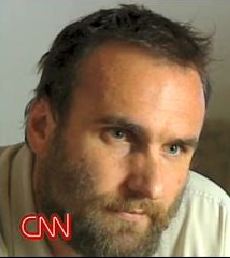
Take the smarts and tenacity of a prosecuting attorney…
Add the physical toughness and slight mental insanity of a professional rugby player…
Mix in the dogged determination and interview skills of an investigative journalist…
And if you're very lucky, what you end up with is Michael Ware.
Of course, you know he's Australian; the accent and attitude give that away straight off. Picturing him buttoned up in a suit and tie, standing in the formal setting of a courtroom might be more of a stretch, but that is exactly how he planned to spend his life… well, once the chance for rugby stardom seemed to be down the drain due to serious injuries sustained in a traffic accident.
Just a week after being named as a reserve to the state team Queensland Reds, his motorcycle lost an argument with a car, and he would be off the field for the next two years.
Just a week after being named as a reserve to the state team Queensland Reds, his motorcycle lost an argument with a car, and he would be off the field for the next two years.
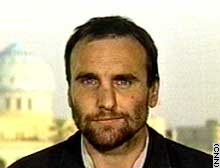
Meanwhile, he received his law degree from the University of Queensland in Brisbane, and was offered a position as an associate to fellow alum Tony Fitzgerald. That name might not resonate with us Yanks, but Fitzgerald was at the time the President of the Queensland Court of Appeal. Not too shabby a start, if you want to compile an impressive resume and get that comfy corner office some day.
But then rugby came calling again, when he was asked to step onto the field in place of an injured player for a Reds team touring South America. (It will surprise no-one reading this that the position he played is considered the most dangerous one in a sport most famous in the US for the ubiquitous bumper sticker that reads: Give blood, Play rugby.)
At some point after that tour, having returned to the suit and tie, he realized how "dull as dishwater" such a career would be and reevaluated his options.
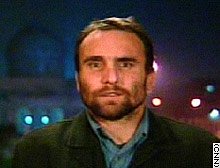
He covered the police beat and court trials, not surprisingly, but also did a short stint as the computer columnist. And eventually, he started getting overseas assignments: Jakarta, East Timor, Papau New Guinea; all in the midst of political and social upheaval.
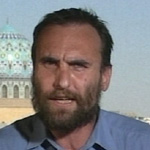
As the invasion of Iraq shaped up, he entered the country through the Kurdish north, hooking up with US Special Forces teams and Peshmerga militia forces to cover the front line battles. He witnessed the death of the first Australian journalist killed in the war, photographer Paul Moran, and although he had never before met Moran or his writing partner Eric Campbell, helped arrange for Campbell to leave the country and escort his cameraman's body home.
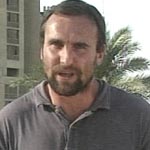
By September 2004 he had built up his contacts within the insurgency to the point that he was informed when Zarqawi's nascent "Al-Qaeda in Iraq" militia took over a section of Haifa Street and defiantly claimed it as their own. When he asked to be shown the area, their car was forced to a stop by Zarqawi's men, who dragged Michael out. They forced him to the ground beneath one of the infamous banners seen in so many hostage tapes, and prepared to behead him while filming the execution on his own video camera. His life was spared only when his Baathist guides told the gunmen that his death would start a war between the two groups, a war Zarqawi was not yet strong enough to win.
But while his coverage of the insurgents has been controversial, his coverage of the military in Iraq has been equally impressive and nearly as harrowing. Throughout 2005 and 2006, Michael's bylines read like a Foder's Guide of Scary Places: Fallujah, Ramadi, Tal Afar, Samarra, and of course, Baghdad itself. Footage he shot of some of those battles has been shown on 60 Minutes and Frontline.
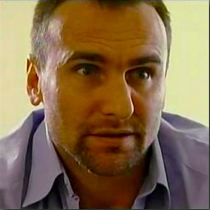
Michael moved to CNN in June of that year, and although he spent his first on-air month covering the Israel/Lebanon war, by early August he had taken up residence at the CNN compound in Baghdad. Since then his reports have continued to bring fresh insight and occasional controversy as the US and its allies struggle to find closure to this war. Michael is often asked whether he plans to cover it through to the end; sometimes he says he hopes to. Sometimes he doesn't answer at all.
